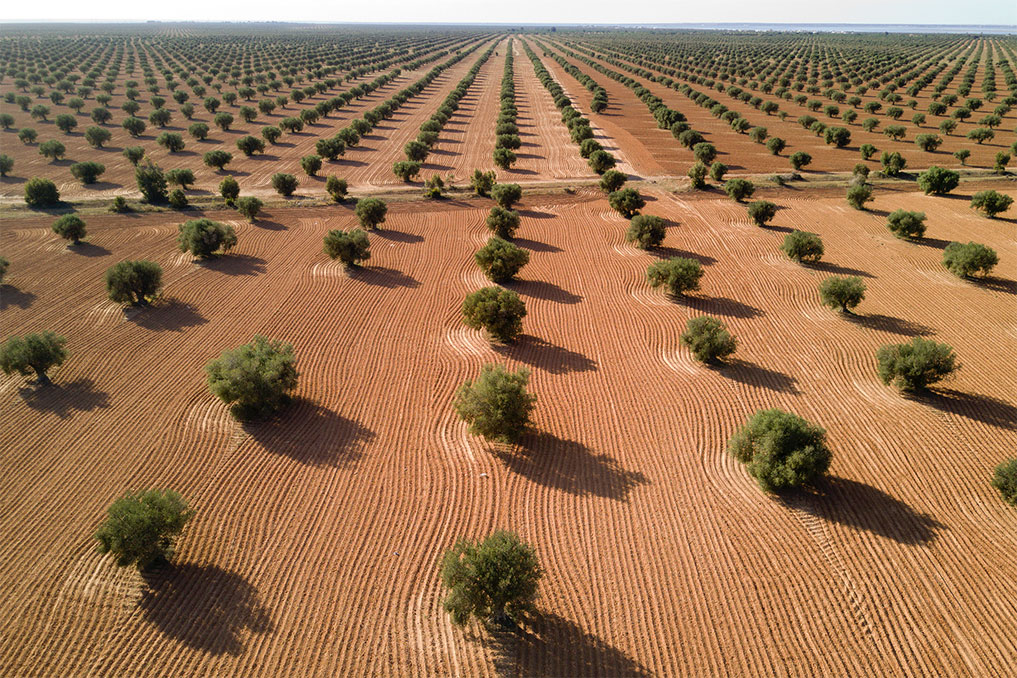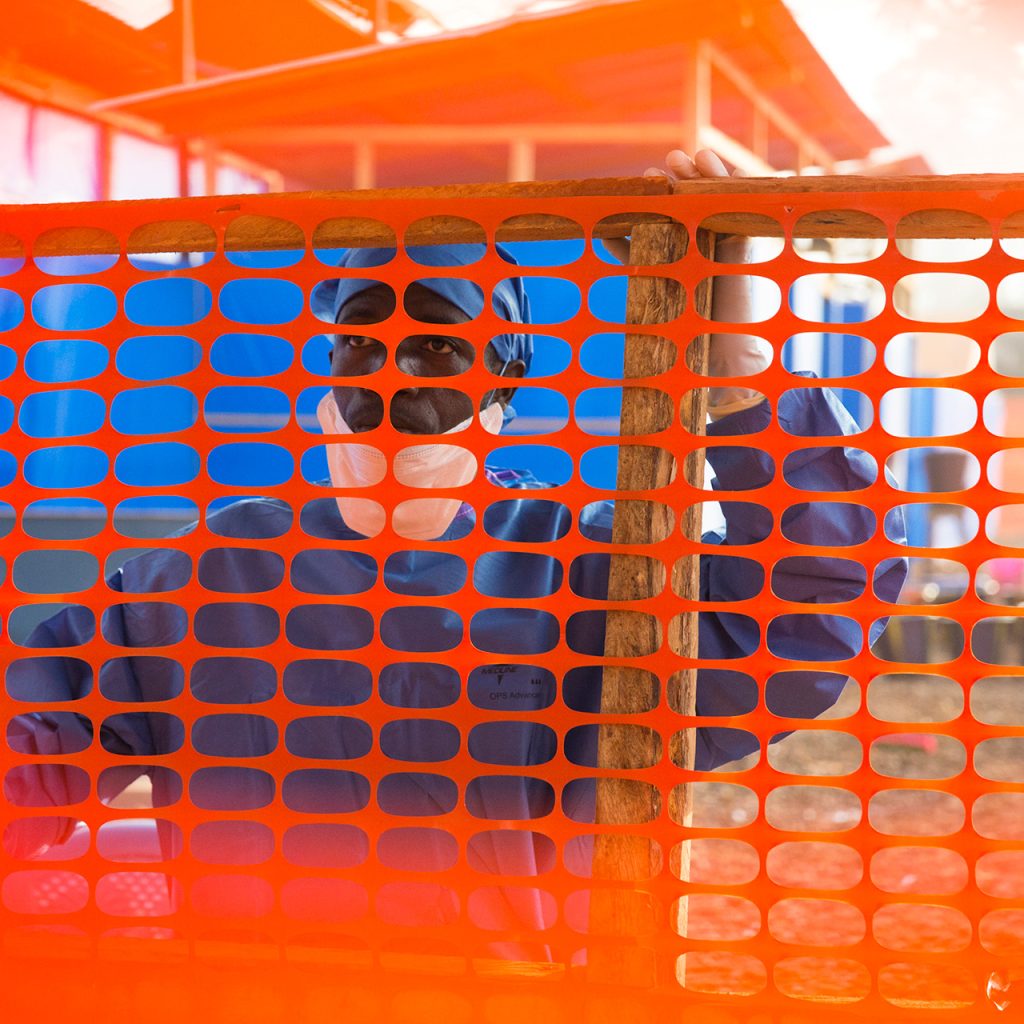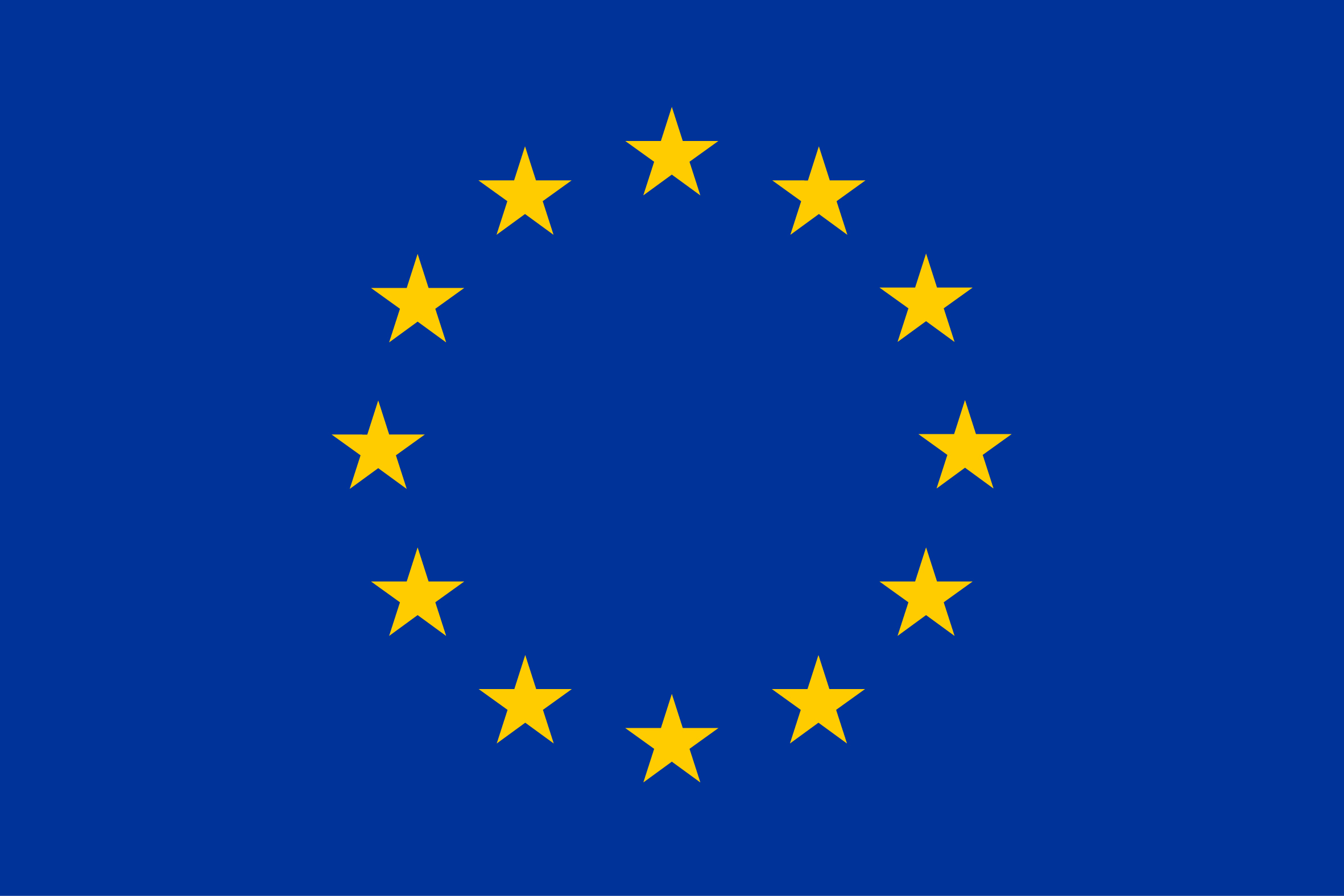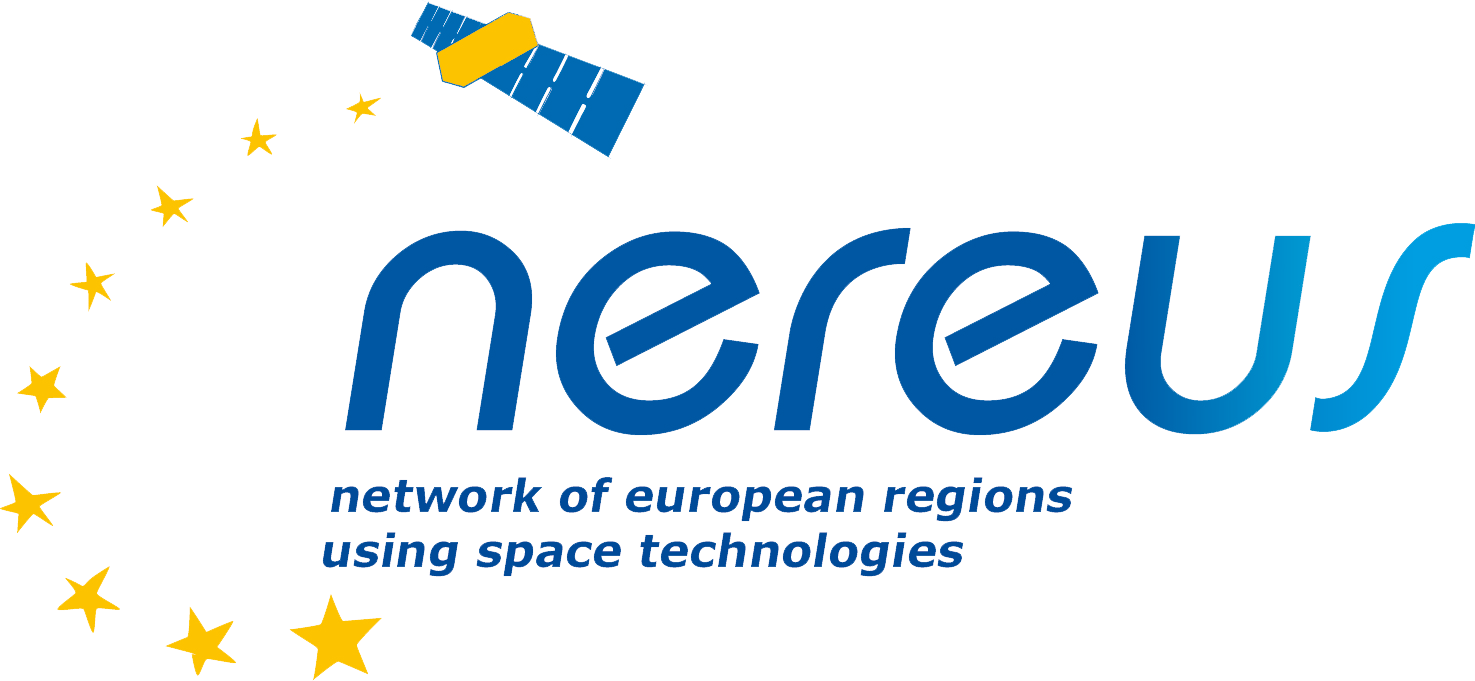Using satellites, I study the oceans and protect marine life
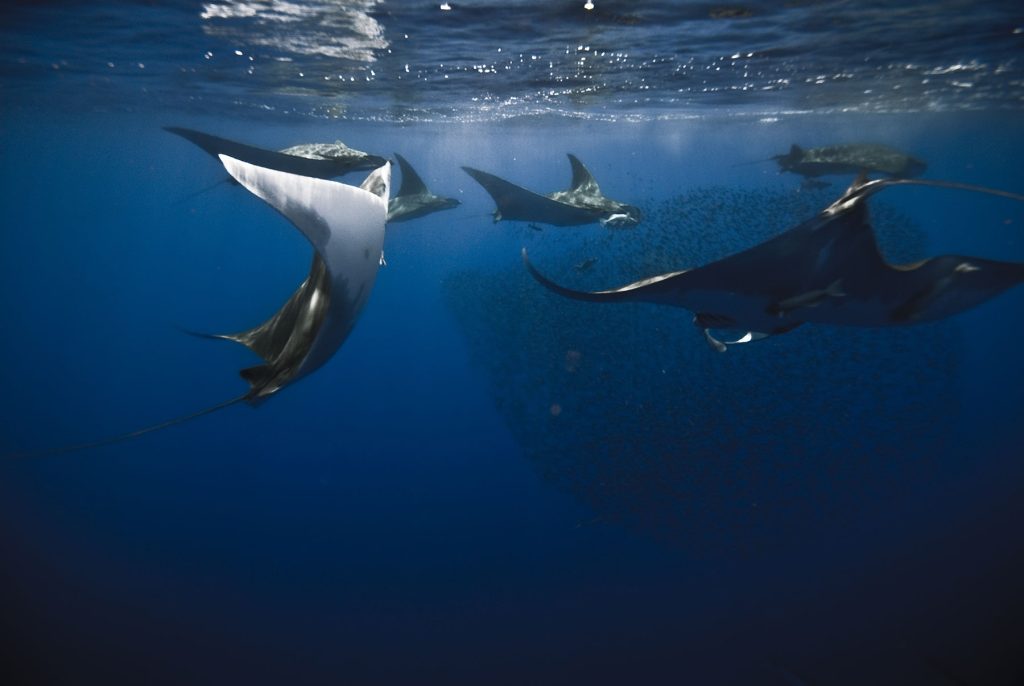
Jorge Fontes, Marine Biologist - University of Azores, Horta Department, Oceanography and fisheries, Portugal
Sea animals such as manta rays and sharks can provide us with a better understanding of marine ecosystems because some of these animals are keystone species. The tagging system developed by CEIIA can be deployed in a non-invasive way so there is minimal impact on animals, which can carry multiple sensors on the same tag and communicate with satellite. Space tech is required to determine the position of animals, which allows us to retrieve tags and download all information that was collected during deployment, whether this is video, high frequency behaviour or environmental data.
Interview

My name is Jorge Fontes and I am a native marine biologist based in the Azores Islands in the middle of the North Atlantic. My scientific interests range from marine protected area science and management to the fundamental ecology and behaviour of marine mega fauna, research that is supported by technological innovation. During my career I have had the opportunity to work with a wide range of research topics from artisanal fisheries to marine robotics and this has given me the opportunity to interact with scientists from many different walks of life, with different skills, and to work in some of the most interesting and spectacular ecosystems around our planet.
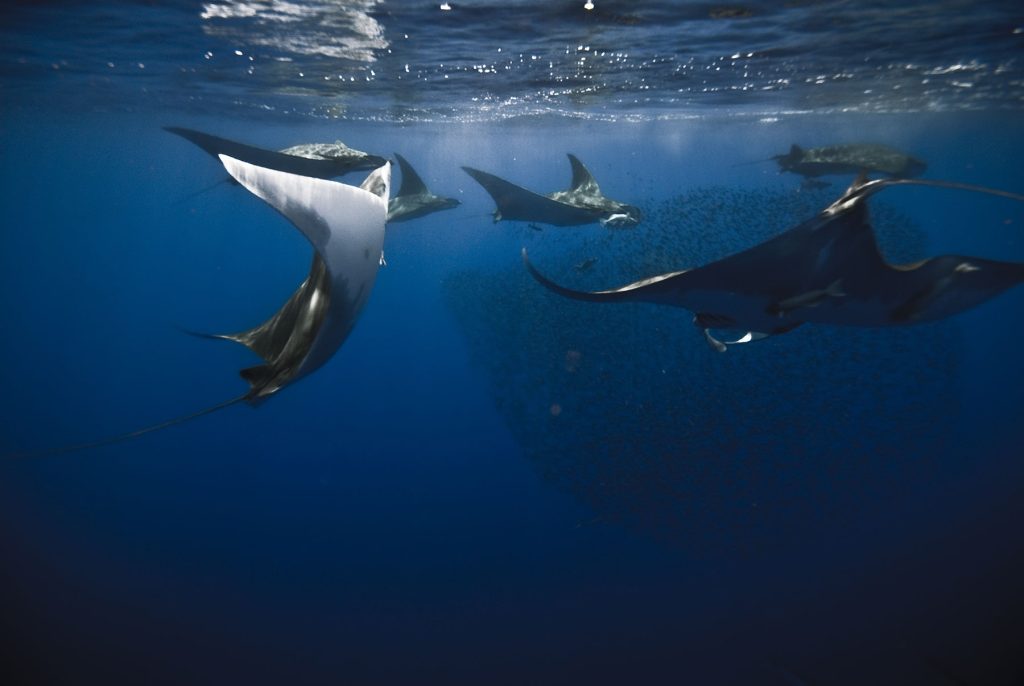
Currently I am dedicating a lot of time to the development of innovative technology to address major knowledge gaps on the basic ecology of sharks and manta rays to understand how they use their environment to help mitigate the impact of human activities.
Sea animals such as manta rays and sharks can provide us with a better understanding of marine ecosystems because some of these animals are keystone species.
They access the oceans vastest and most inaccessible ecosystems ranging from temperate to tropical open oceans and they regularly dive, crashing into the cold and dark abyssal depths.

These animals can act as environmental sentinels and help us detect changes related to the human impacts on our oceans. Sharks and manta rays can carry multiple sensors to monitor these remote and inaccessible environments in a very consistent way.
The tagging system developed by CEIIA and IMAR (Azores) was essentially developed to fill a gap because there was no non-invasive technology to tag and monitor marine mega fauna such as large sharks and especially manta rays and mobula rays.
The key aspect of this development is that the tags can be deployed in a non-invasive way so there is minimal impact on the animals. They can also carry up multiple sensors on the same tag to communicate with satellite.
The technology developed by CEIIA and IMAR (Azores) relies on space tech to determine the position of the animals and of the tags which allows us to retrieve tags and download all information collected during deployment, whether this is a video, high frequency behaviour or environmental data.
Without Space technologies we would not be able to relocate the tags and collect all this valuable information.
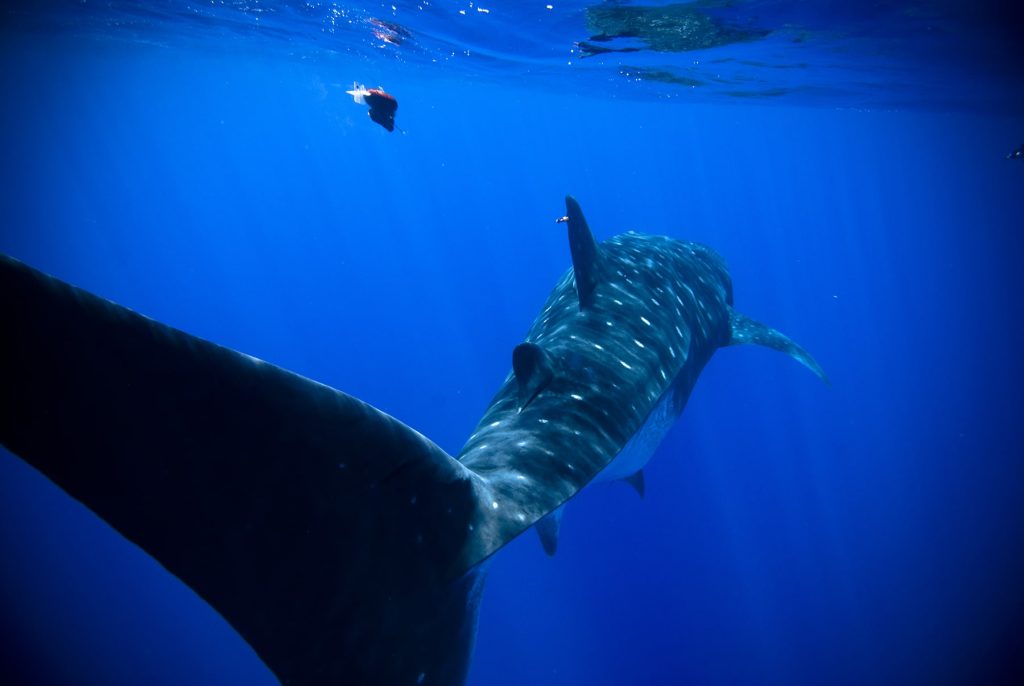
In the future we expect that tags will allow us to upload all the information directly to the satellites then link it to the final users.
Manta rays are animals with a wide-range and they can travel dozens if not hundreds of kilometres in a couple of days. Using space tech is fundamental to retrieve tags once they have been released from manta rays. We had one case where one manta started migrating south and the tag was released more than one hundred miles away, almost 200 km from where we were based. If it was not for space tech application, we would not have been able to retrieve the tag and the wealth of information collected during deployment.
Space technologies and applications are very important in our research because they allow us to gain a bigger picture of the environment and have constant information about how the environment is changing. We overlay this with information we have from animals to understand how they use ecosystems and the environment, how changes to the environment impact their behaviour, their fitness and their survival.
Space technologies and applications are essential to achieve SDG 14, life under water. Space technologies allow us as ecologists and conservationists to monitor ecosystems structure , composition, functioning , long term geo spatial cover and to monitor human activities and impacts.
Space technologies allow us to relay data from animals fitted with instruments. They can also revolutionize fishery surveillance by improving the detection of illegal, unreported and unregulated fishing and drifting equipment.
I believe that space technology is a fundamental tool to understand our planet. Today we are living in very exciting times where we have the opportunity to step back from our object of study. From beyond our planet, we can look down into our ecosystems gain an idea of the full picture. This allows us to have a more holistic view and understanding of how the planet works, the impact of our human activities, and how to better mitigate those impacts.
Gallery
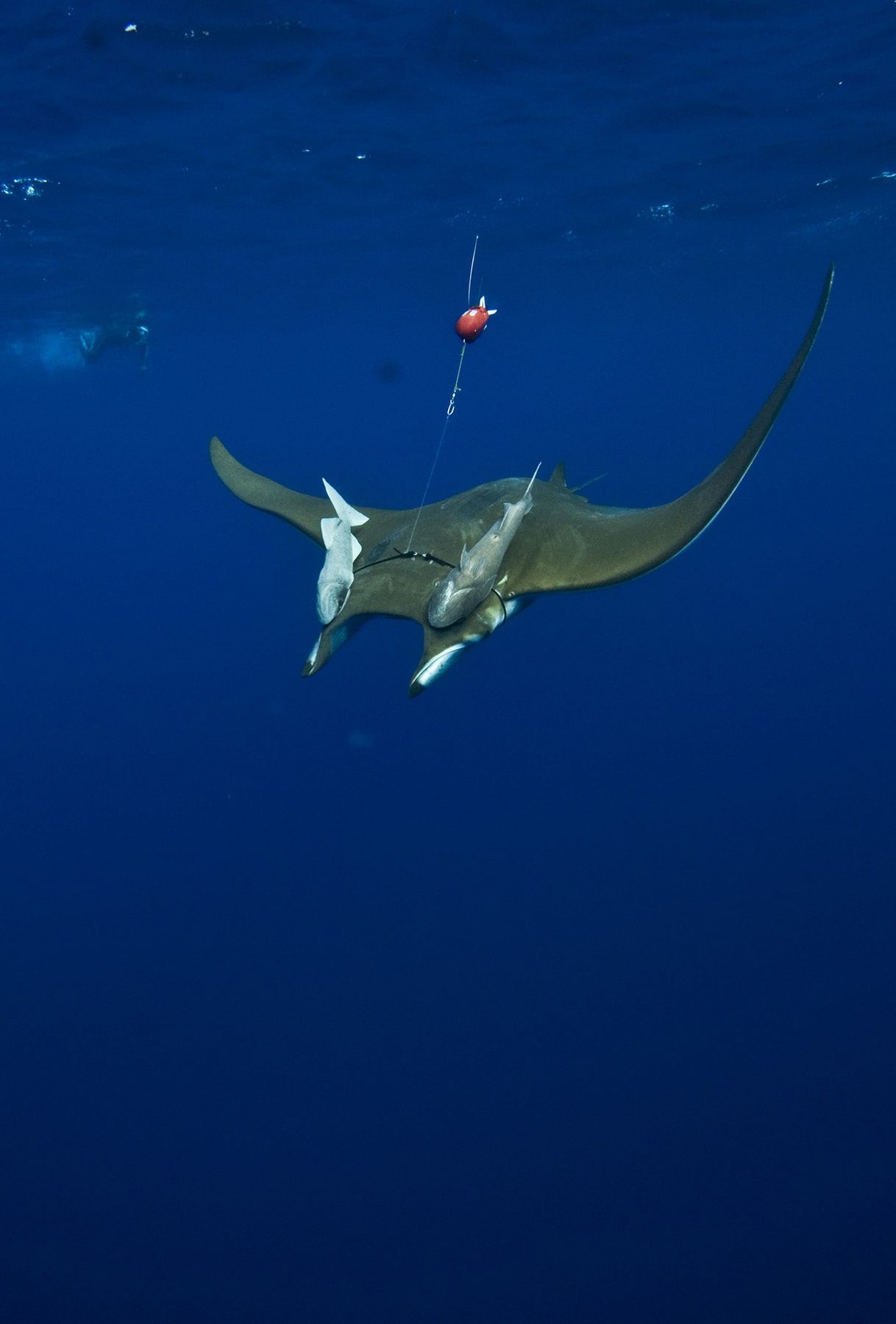
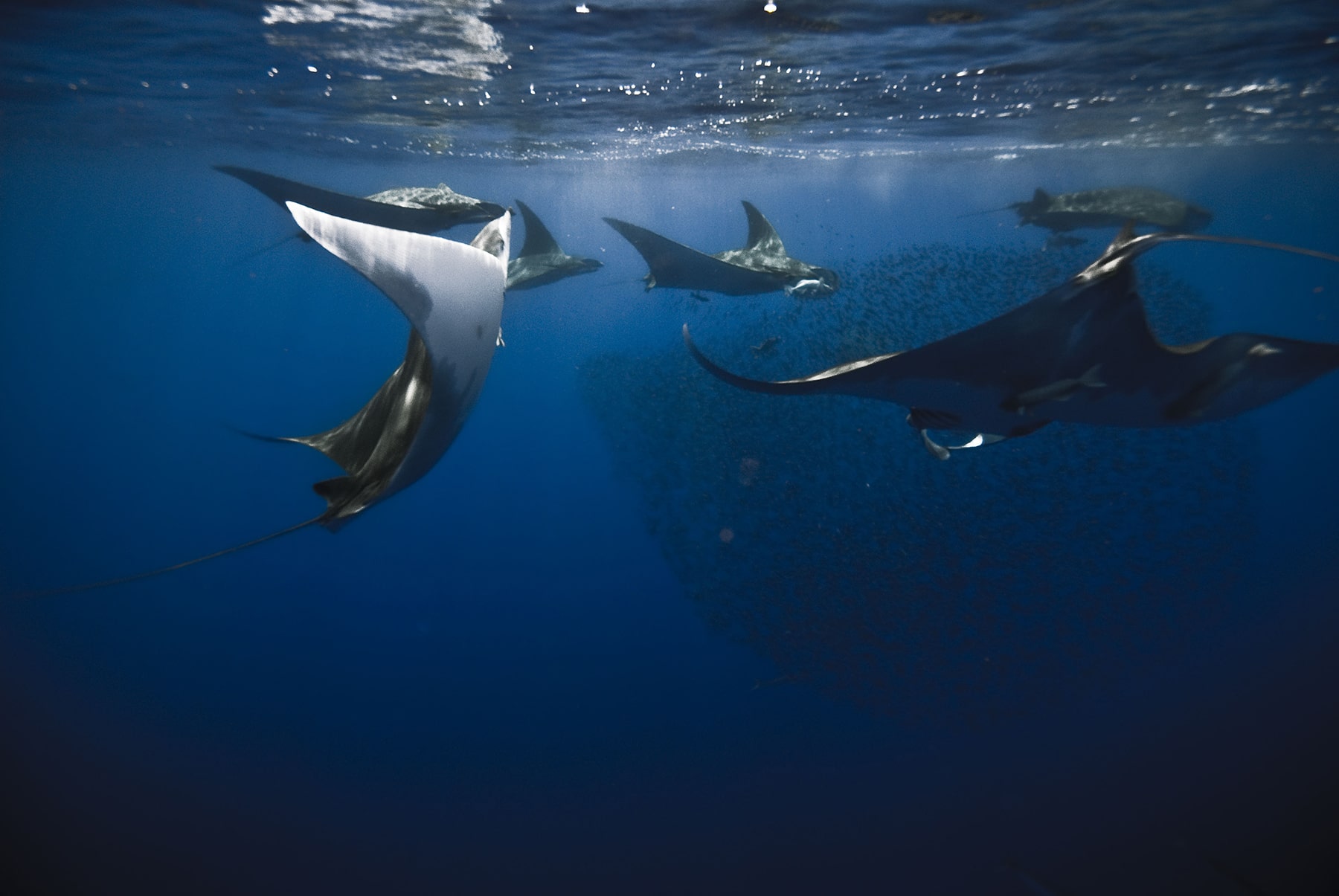

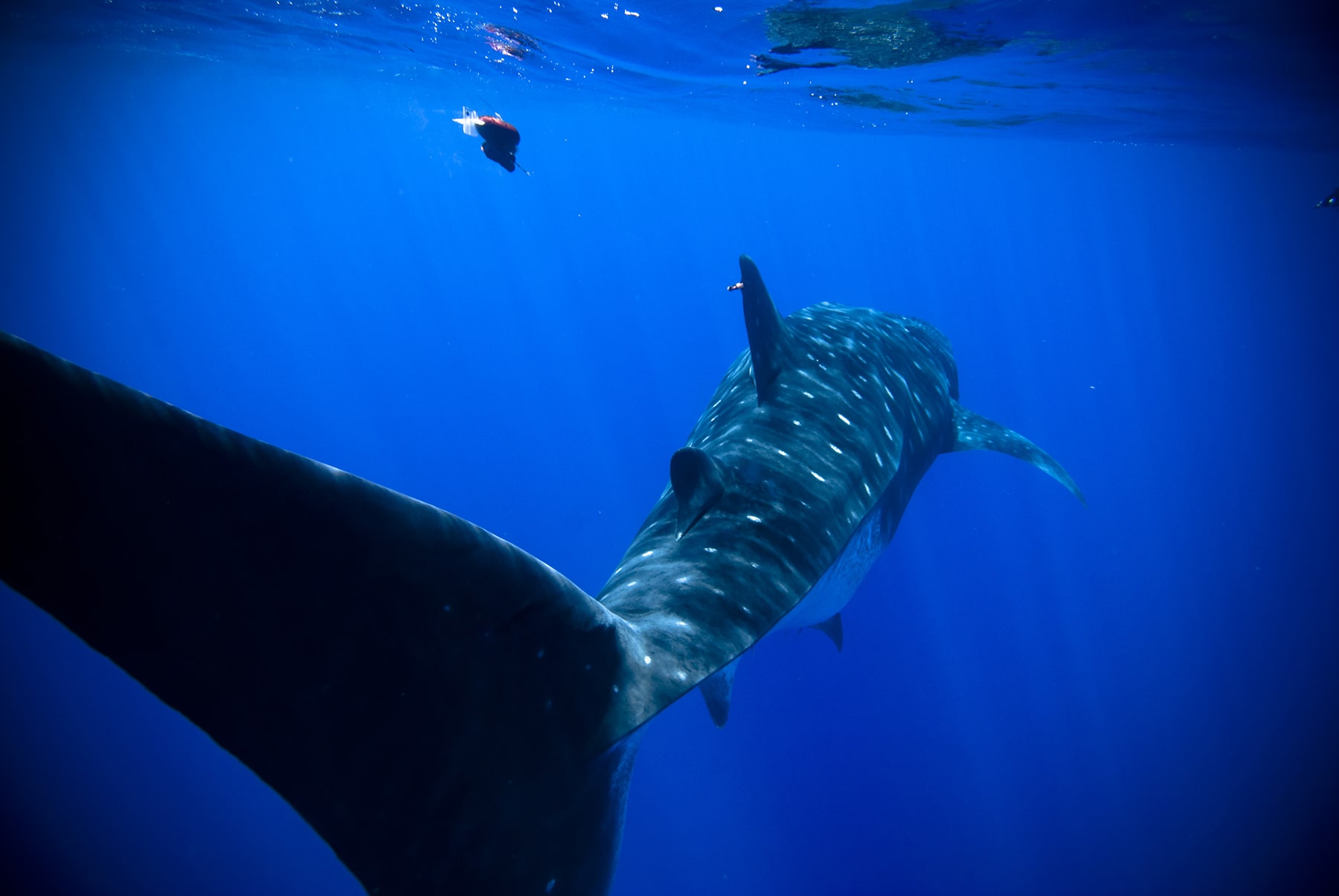
Conserve and sustainably use the oceans, seas and marine resources for sustainable development
Check out more
